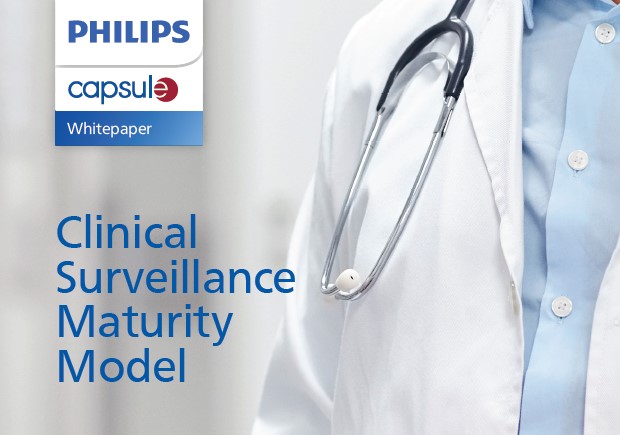
Clinical Surveillance Maturity Model
Background
The Clinical Surveillance Maturity Model (CSMM) was developed to relate stages of operational clinical surveillance maturity conceived as a methodology to reduce nuisance and non-clinically actionable medical device alarms and to speed the earlier identification of emergent, clinically-actionable patient conditions and events. The CSMM is based upon other types of maturity models that have been developed over the course of the past three decades. These include the Systems Engineering Capability Maturity Model (SE-CMM) developed by the Software Engineering Institute of Carnegie Mellon University1, the Software Capability Maturity Model (SW-CMM)2, and the Adoption Model for Analytics Maturity (AMAM) “measuring the capabilities [an] organization has gained from technology and surrounding processes”.3 These established models informed the creation of the CSMM because they provide a staged, gated approach to evolving levels of organizational readiness which are more easily measured along a continuum from an initial point to a fully functioning implementation of clinical surveillance.
RETURN TO CHIME MEDIA
